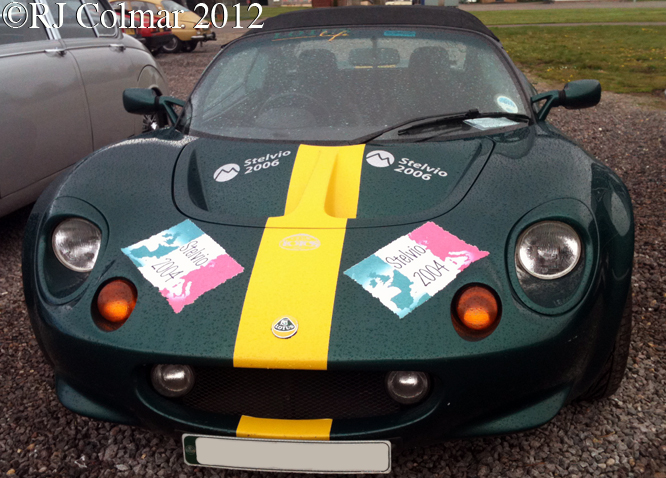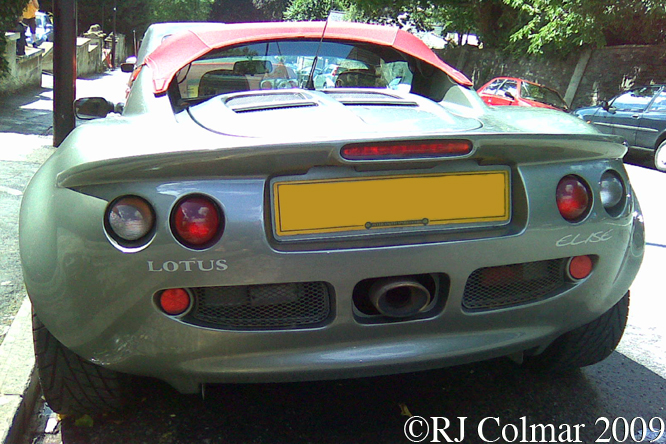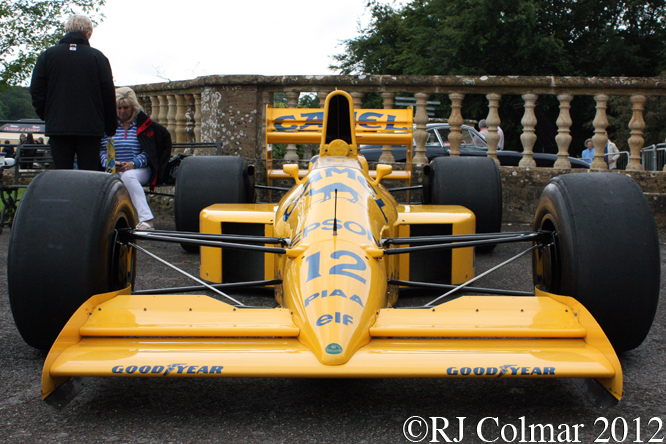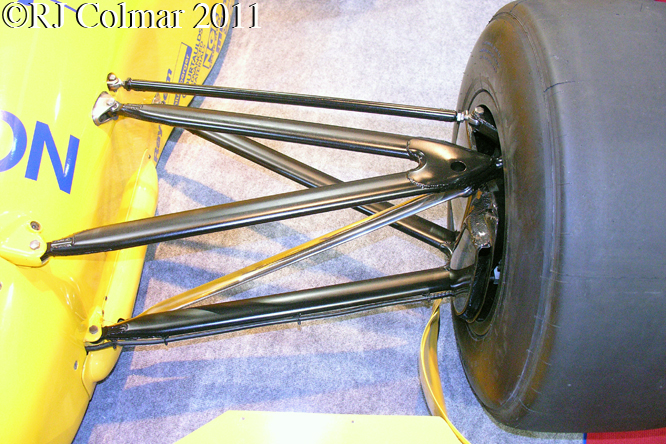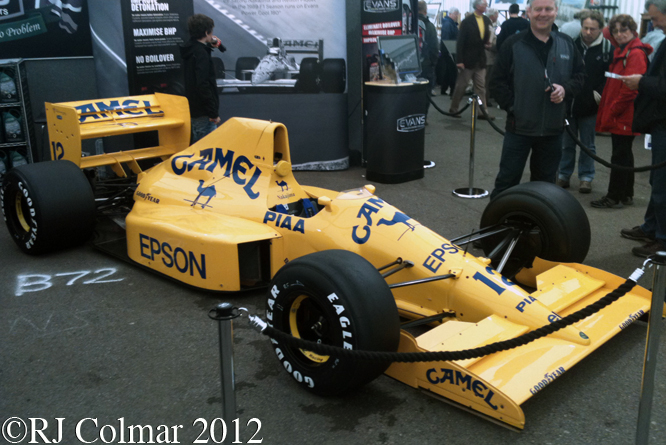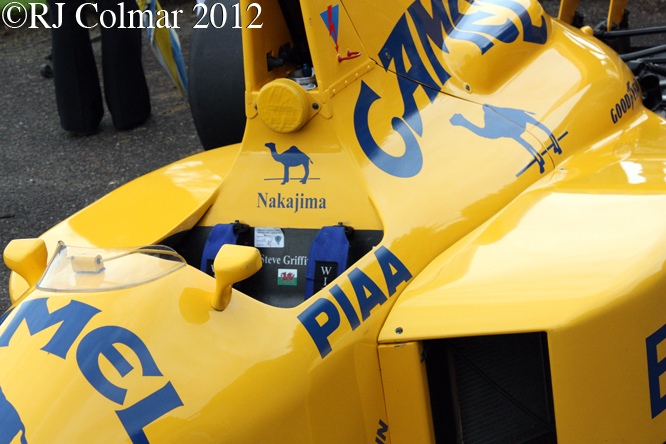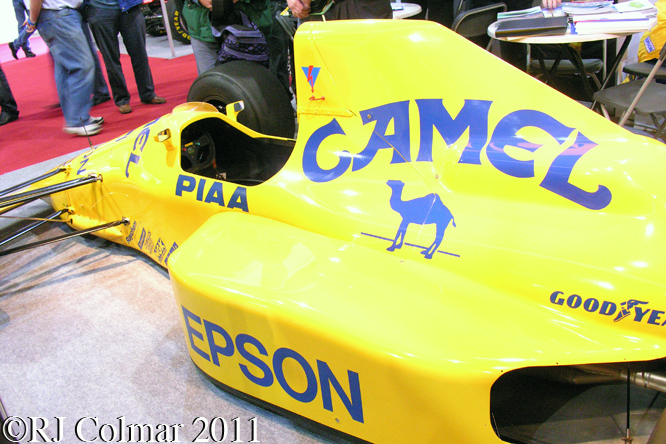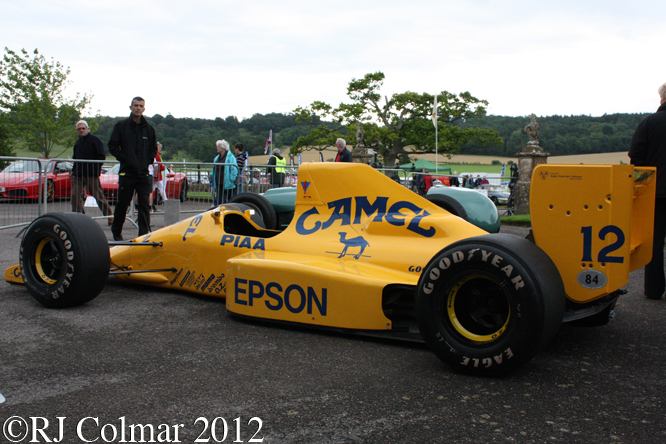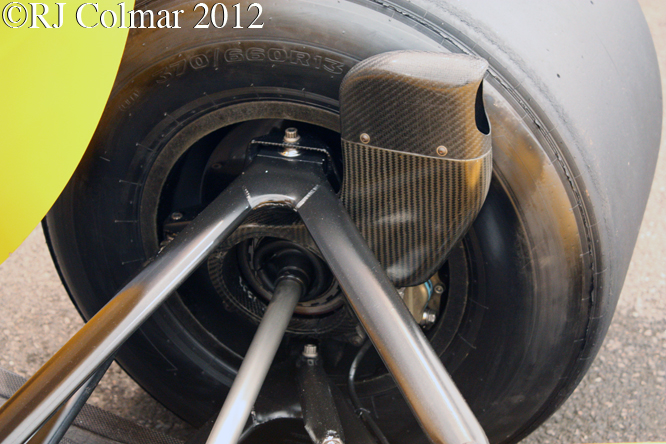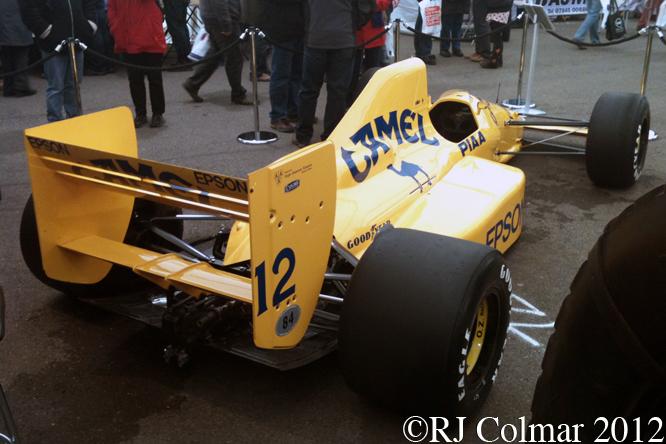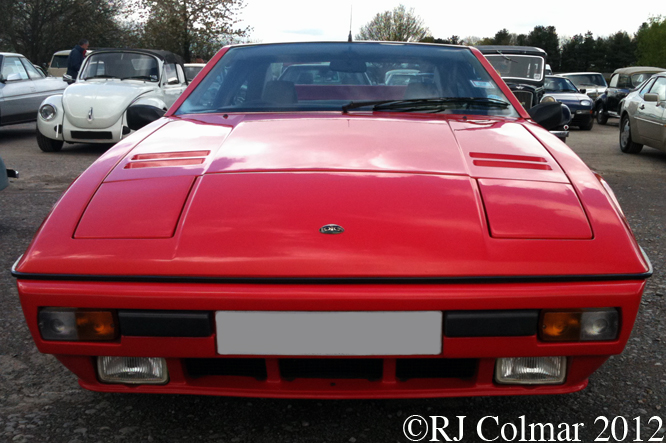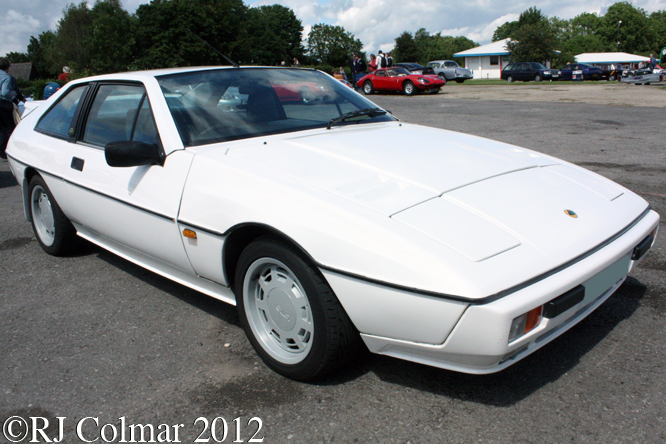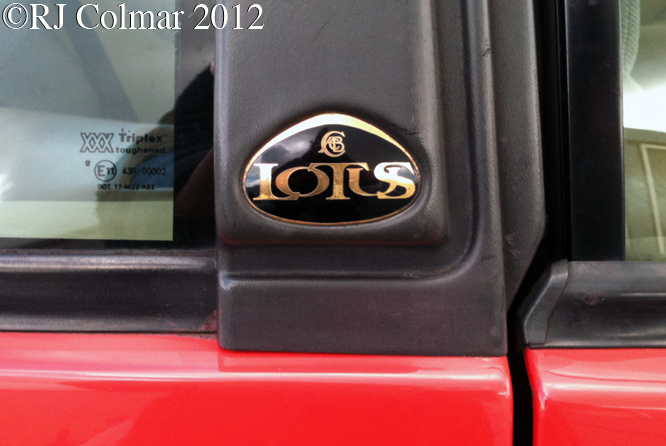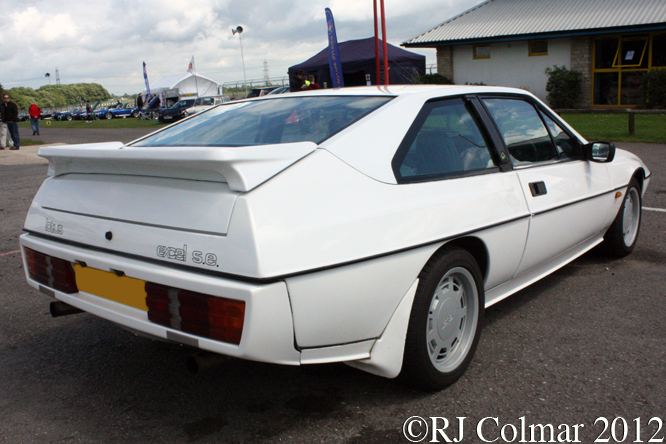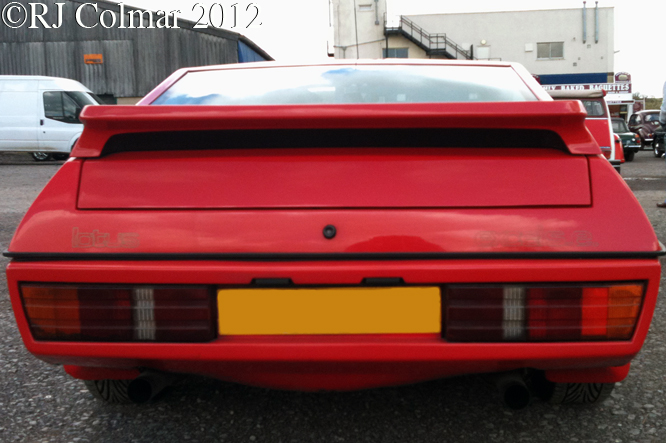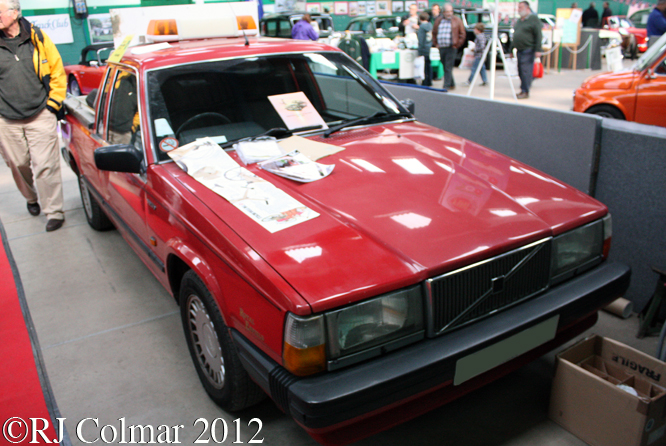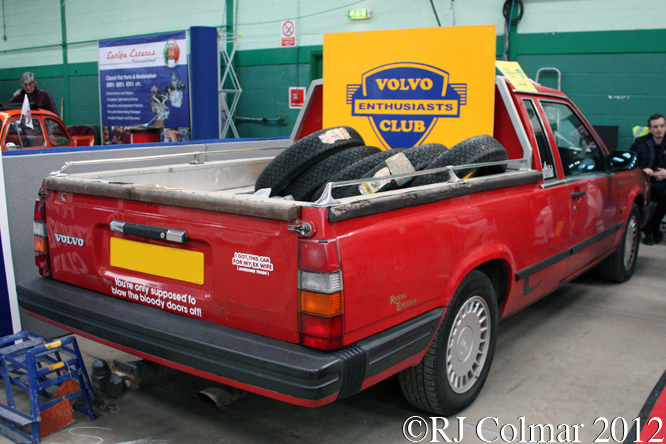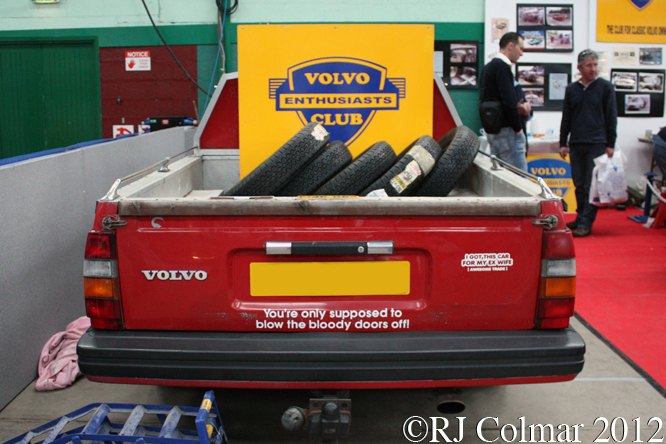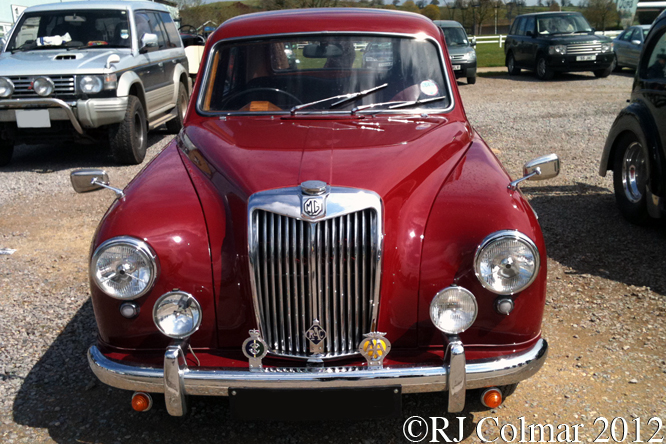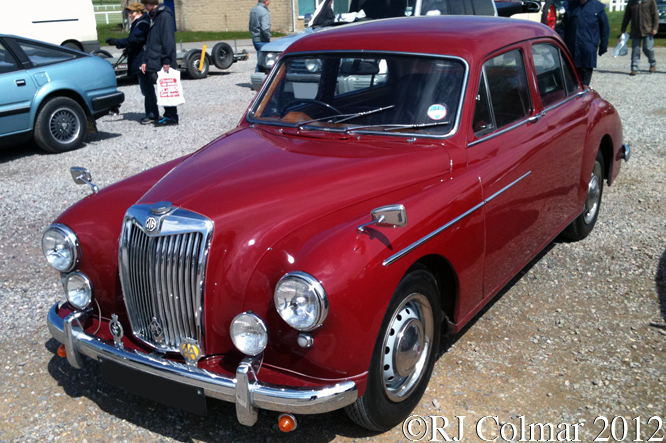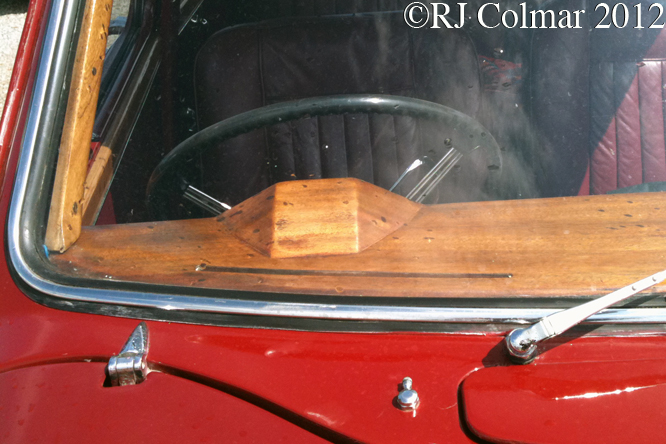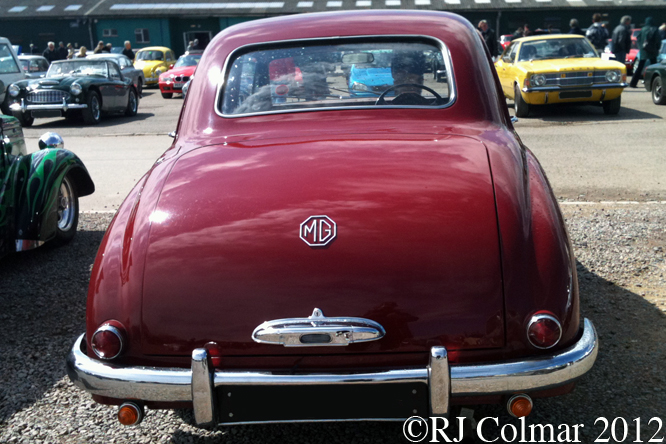In 1964 Volkswagen acquired Auto Union from Daimler Benz and in so doing sowed the seeds for the survival the thriving of both companies well into the 1980’s. Back in ’64 Volkswagen was thriving on a market mix of rather primitive if well built aircooled rear wheel drive vehicles that were developed initially by Dr Ferdinand Porsche, at the same time Auto Union were developing 4 stroke watercooled motors with front wheel drive trains to replace the 2 stroke vehicles that they had been manufacturing since before the 1939-45 war.
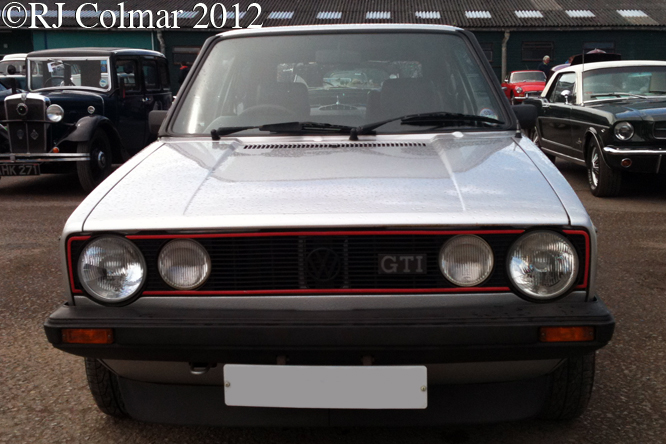
The first new all Auto Union became the Audi F103, curiously at the time of it’s launch Volkswagen was intending to simply use the Auto Union productution facilities to build additional Beetles and forbade Auto Union from carrying out any further developments however when a team of Audi engineers showed the Volkswagen management their ideas for the Audi 100 that had been developed in secret Volkswagen was persuaded to change it’s mind and eventually ended up embracing Audi new 4 stroke water cooled front wheel drive technology when sales of the Beetle started to show signs of weakness.
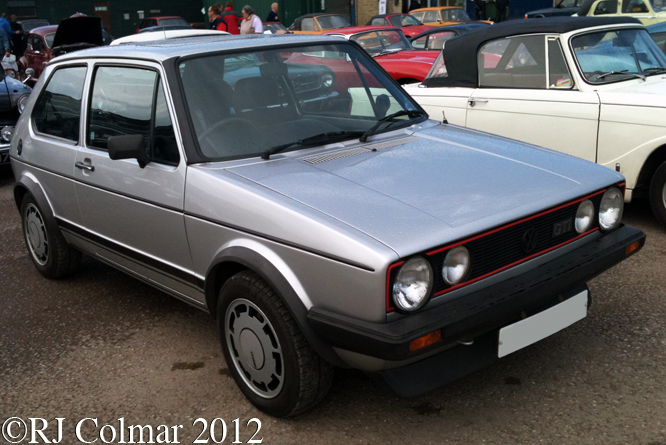
The first water cooled front drive Volkswagen’s were the relatively low volume Passat’s launched in 1973 these were followed by another water cooled front wheel drive car named after a wind, the Golf (translated into English Gulf). The 1974 Volkswagen Golf featured a two box hatch back shape with a hatch back door to the rear which was to be often copied by the likes of Ford, Vauxhall/Opel, British Leyland, Chevrolet and Dodge, to name a few, in the wake of the Golf’s overnight success, though the FIAT 128 based Zastava 101 featured a proper hatch back that predated the Golf by three years.
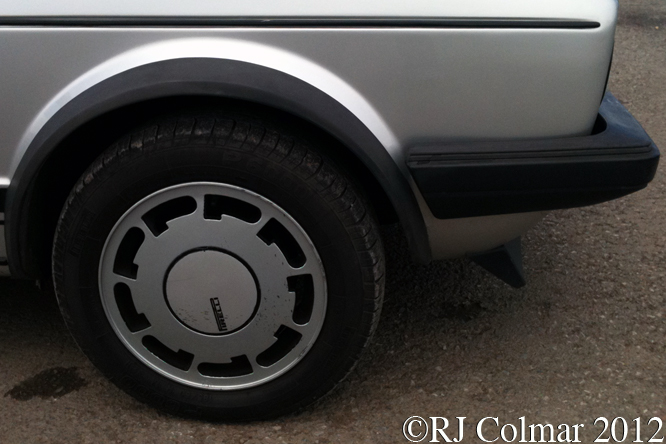
In 1975 the first Golf GTi was launched featuring a 110 hp fuel injected motor and suddenly any car without ‘i’ in the initialing became suspect as did any car without red piping that was pioneered by the new sports model. Neither communist built Yugo 45s nor US built GMC Syclones were immune to these little red fashion fads which started with Volkswagen’s little hot hatch which had a zero to 60 mph acceleration time of 9 seconds.

It was not long before a third of all Golf’s built were the performance GTi variants which worked wonders for Volkswagen’s finances having come close to going under completely in the early 1970’s. The Golf was mildly face lifted in 1980 without altering any of the crisp lines originally styled by Giorgetto Giugiaro.
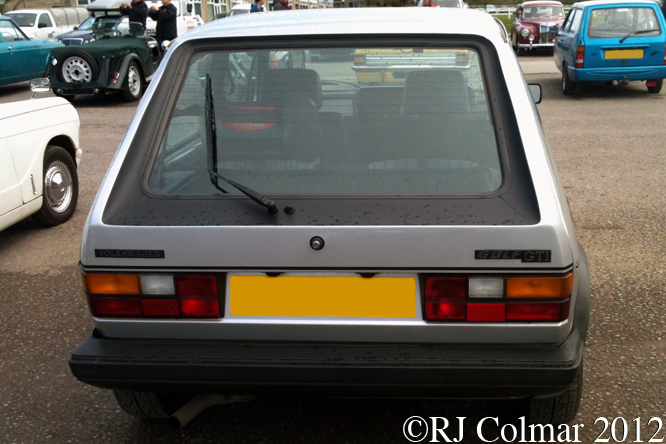
The vehicle seen here at last years Bristol Classic Car Show is one the last post face lift models built in 1983, most obviously distinguished by the large rectangular rear lights.
The car seen here is fitted with a factory sunroof and tinted window’s which along with the Pirelli wheels, that were fitted with horrendously expensive Pirelli P6 low profile tyres, point to the car possibly being what is known a a Campaign Model, though some Mk 1 Golfs have been built up to look like Campaign models but with the heavier load bearing Pirelli wheels from the Mark II Golf GTi which had 10mm gaps between the P’s on the 14 inch alloy wheels instead of the original 7mm gaps between the P’s.


